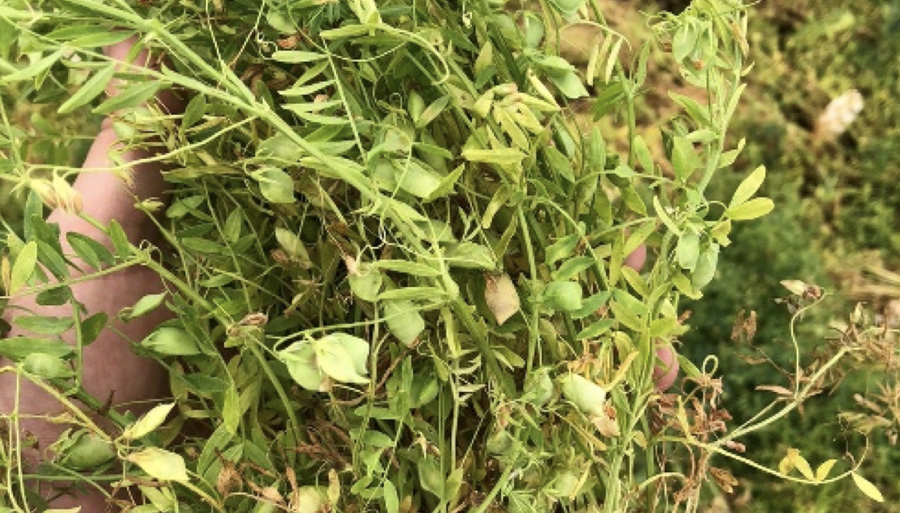July 13, 2020
The world’s first exportable supplies of red lentils come to market in uncertain times.


Photo courtesy of Armada Foods.
Turkey’s red lentil crop is the first new crop of the year. With harvest concluded, this would normally be a busy time for traders. But these are not normal times.
Throughout the world, the COVID-19 pandemic sparked panicked buying of shelf-stable foods as consumers prepared for extended stays at home. Pulses were among the most sought-after items. In Turkey, Merve Fettahoglu of Göze Agricultural Products indicates pulses were in the top five on people’s shopping lists.
“The sudden demand was double Turkey’s total sieving and packing capacity,” she says. “Especially during the past five months, Turkey’s pulse producers and traders, and all their employees, have been working hard to cover demand and keep the markets from panicking.”
The surge in demand sent prices soaring. On red lentils, Murat Ertus of the Orhan Sirt Agri Products brokerage firm, reports that prices climbed 20% as six-month’s worth of product sold in a mere two months.
According to Fethi Sonmez of Armada Foods, red lentil demand received an additional boost from the start of Ramadan on April 23. Since then, markets have quieted on the seasonal dip in demand that typically comes with summer.
“The market is also waiting for consumers to go through the supplies they stockpiled in the early months of COVID-19,” he says.
The markets may have calmed, but the wild ride they went on has left an impression on farmers. Normally new crop red lentils are sold soon after they are harvested, but with the pandemic still present, growers are holding on to their lentils in the belief that prices still have room to grow.
“Last year, farm gate prices were $520 per MT. Now they are at $700 and no one is selling,” says Sonmez. “At Armada Foods, we were expecting as many as 250 trucks per day, but we are receiving only 80.”
Fettahoglu points out that most growers lack the capacity to hold inventories for too long. Some traders, though, are stocking up and waiting to sell, and it is too early to know how long they might hold out.
Ertus expects selling to pick up at the end of summer, when prices begin to reflect winter demand, but he notes that the situation could change quickly from one week to the next.
“Markets have been quiet and will probably remain so for another month,” he says.
READ THE FULL ARTICLEPhoto courtesty of Göze Agricultural Products.
Source: Global Pulse Confederation Pulse Atlas
Disclaimer: The opinions or views expressed in this publication are those of the authors or quoted persons. They do not purport to reflect the opinions or views of the Global Pulse Confederation or its members.